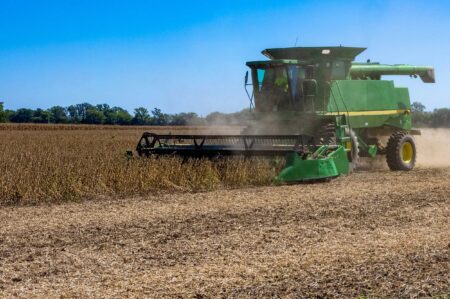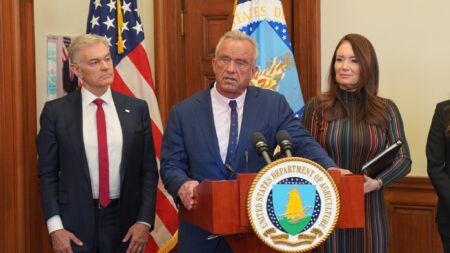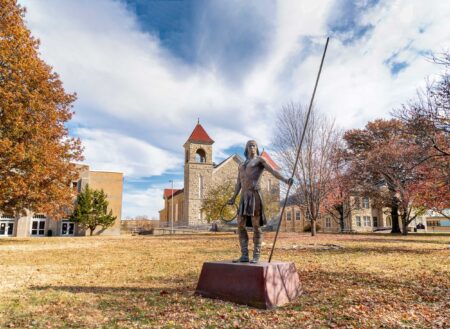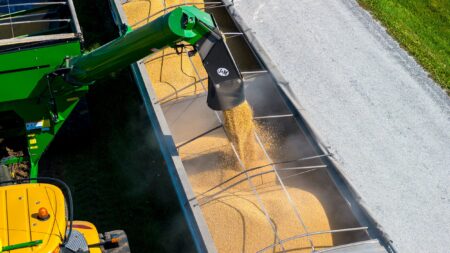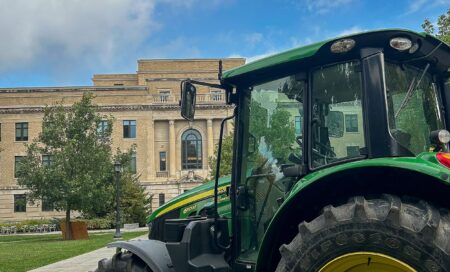Because time and distance are so crucial during medical emergencies, hospitals in rural Kansas, North Dakota, and other states are working with private industry and government officials and agencies to clear a path that would allow drones to autonomously deliver critical medical supplies, equipment, and medicine to rural communities more quickly.
Kelly Hills, a drone technology business in northeast Kansas, is looking for ways to use unmanned aerial systems to help critical industries such as healthcare, public safety, and agriculture. Its CEO, Lukas Koch, contacted Community HealthCare System (CHCS) to gauge interest in collaborating on a long-range drone test flight to deliver medical equipment.
CHCS agreed to participate and collaborated with Kelly Hills and drone manufacturer Pyka, along with the Kansas Department of Transportation, to successfully plan and complete an unmanned, autonomous test flight of a UAV carrying medical equipment from Seneca to Onaga, Kansas.
The UAV was Pyka’s Pelican 2, a 20-foot long, all-electric aircraft with a 38-foot wingspan, 650-pound payload capacity, and a maximum range of 200 miles that looks like a small airplane minus the cockpit and pilot. It carried an automated external defibrillator (AED) more than 30 miles, following a flight plan developed by Kelly Hills and Kansas State University’s Salina Aerospace and Technology Campus.
The operation occurred within the largest contiguous Federal Aviation Administration UAS test range in the U.S., which Kelly Hills operates from its Seneca headquarters. Koch plans to leverage other FAA resources to support additional missions in these critical industries.
“To fly an unmanned drone, the largest of its kind allowed by the FAA , from Seneca to Onaga, nearly 30 miles, is nothing short of remarkable,” said Calvin Reed, secretary of transportation for Kansas. “This gets us one step closer to leveraging this technology for other critical applications including emergency response, search and rescue, and aerial firefighting.”
According to Pyka’s website, the company is also developing a drone called DropShip, a multi-mission UAS platform with a range of thousands of miles and a max payload of 550 pounds. Unlike Pelican 2, DropShip will precisely drop a package in a predetermined drop zone with no additional infrastructure required.
John Fitzthum, CEO at CHCS, oversees a critical access hospital, seven clinics, two long-term care facilities and an assisted living center across 2,500 square miles of four northeast Kansas counties.
“We need a tube system in the sky between our clinics and hospitals,” he said. “Something like what a bank teller uses to send items back and forth between staff. At the end of the day, we need federal regulators, the FAA, and the state of Kansas to approve regulations for BVLOS (Beyond Visual Line of Sight). Until we do, the project can’t move forward full scale.”
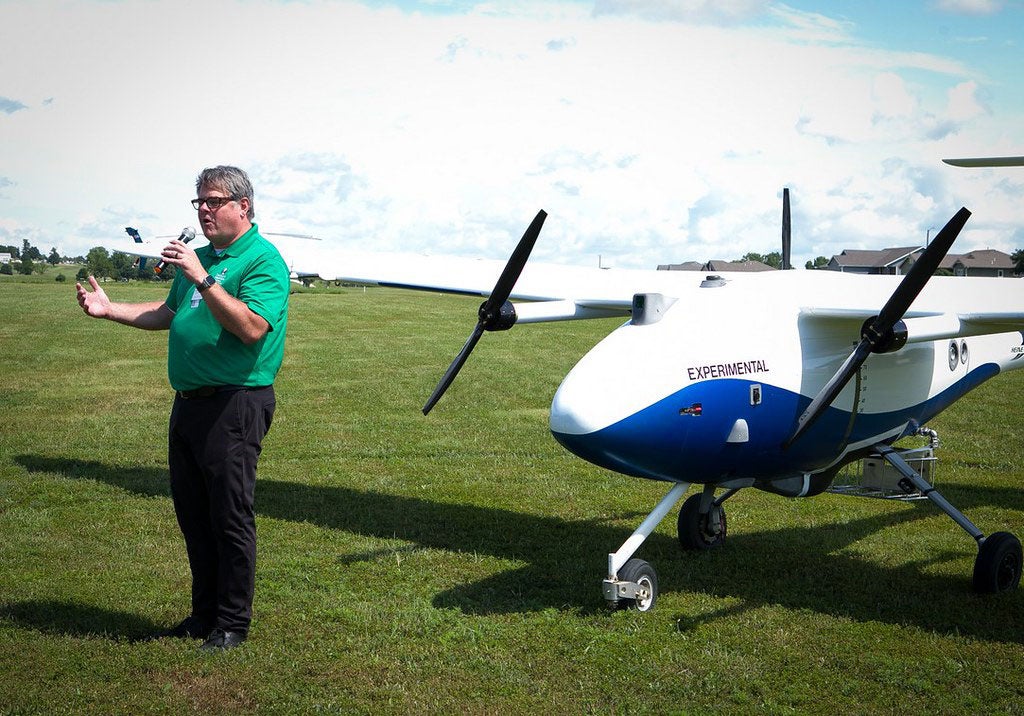
According to Fitzthum, drone deliveries could improve his organization’s efficiency and enhance patient services. In rural locations where hospitals, clinics, or pharmacies might be hours away, drones could close the distance gap between patients and facilities.
“On Friday afternoons, we often don’t have any couriers on the road. If a patient comes into Frankfort, we must send them to Onaga (30 miles away) versus having them stay in Frankfort because we can’t process their labs,” Fitzthum explained.
If there was a staged map and tunnel system for a drone to fly between Frankfort and Onaga, Fitzthum said CHCS could quickly transport the labs, saving time and fuel. And with fewer people on the road, safety is increased, and liability is decreased for CHCS staff. Fitzthum explained this would mean more of his 472 employees could stay and work in their hospitals and clinics caring for patients versus driving on the road making deliveries.
In North Dakota, a similar test flight took place with a Supervolo drone operated by iSight Drone Services as part of the UAS (uncrewed aircraft system) technology initiative Project RuralReach. The six-foot-long drone has a wingspan of nearly 10 feet and has vertical takeoff and landing capabilities. It carried and autonomously delivered sample glass medicine bottles without incident from Williston to Watford City, North Dakota , a 60-minute drive by car, but with poor weather or road conditions that trip could take up to 90 minutes. The UAV made the roundtrip flight in 35 minutes.
“With the use of Vantis, North Dakota’s Statewide UAS, we proved the drone could navigate, operate, and share a dynamic, uncontrolled airspace with other low-flying, non-cooperative aircraft,” said Victor Meza, marketing manager for the Northern Plains UAS Test Site.
Meza said RuralReach wants to determine the best practices for using drones so they can fly BVLOS to deliver medical packages long distances where needed. Deliveries could potentially be life-saving medicine or equipment like an EpiPen or defibrillator.
“With a UAV, there’s always a human in the loop,” Meza explained. “They can designate the drone to run autonomously, but there’s always a human monitoring it to make sure it doesn’t stray from its intended flight path.”
There are many variables to consider when using a drone for such a specialized mission. They include weather and environment, landing infrastructure, temperature control, security, privacy, and payload capacity, according to Doug McDonald, general manager at iSight.
“We have a 15-pound payload and are working on different pods to increase that. Currently we are still limited to 55 pounds of total weight including the aircraft and whatever we deliver,” he stated. “That may change with new rules that are pending.”
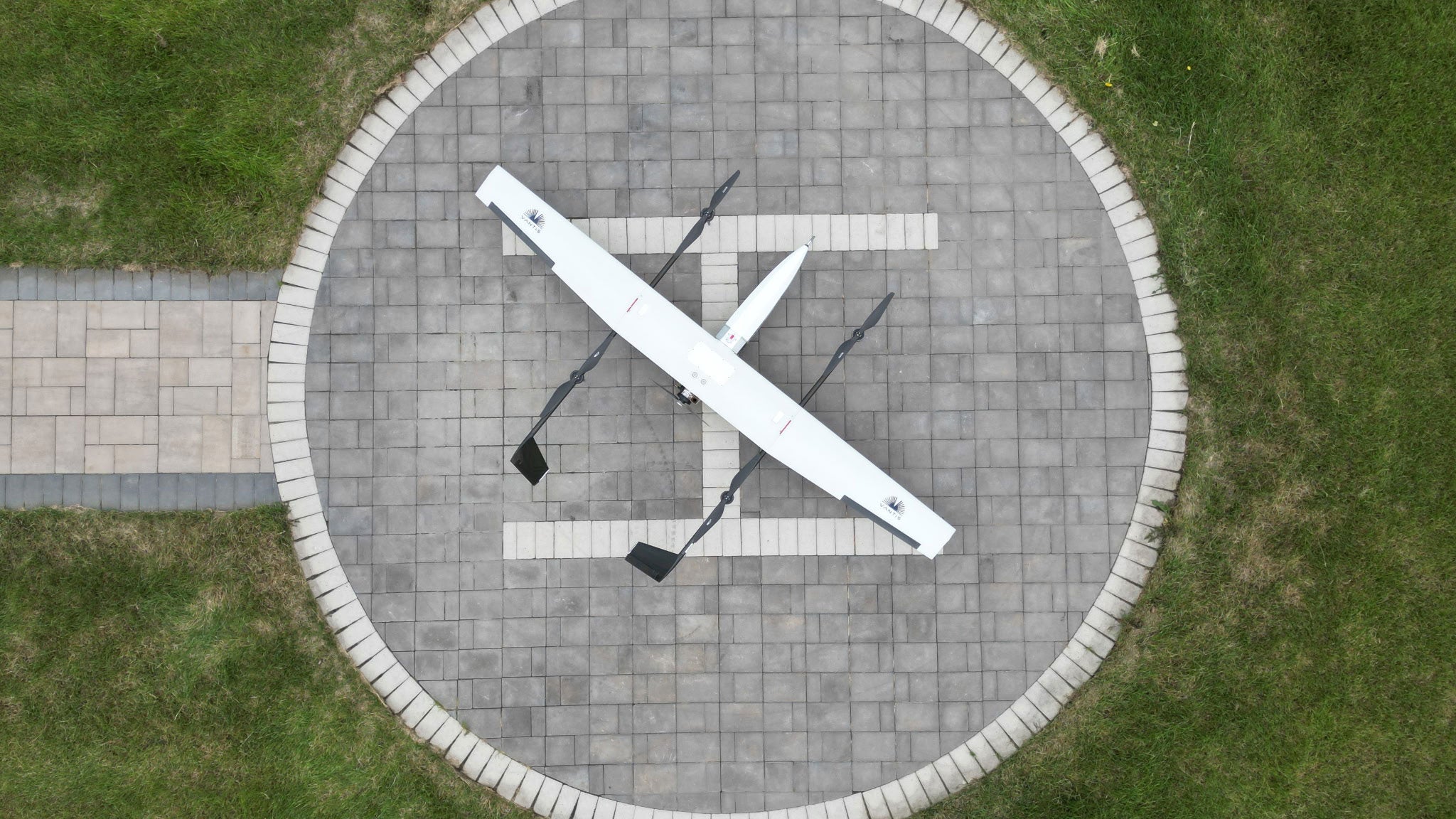

Jeff Barta, project manager for the North Dakota drone test, is also a state senator. He said he was excited about what the results could mean for his constituents.
“We cut delivery time for medication in half,” he said. “How might that save a life? Think about situations in the field where law enforcement or an ambulance can’t get there. How could we use a drone to deliver a tourniquet, AED, insulin, or anti-venom?”
He sees a future where there is a hub and spoke system for drones created to help deliver critical supplies to rural hospitals and clinics as needed. Barta said the ability to receive delivery requests on demand for supplies such as medicine or blood, helps rural hospitals and clinics avoid having to stock items not used frequently and reduces their risk of stocking something on a shelf that could expire or become unstable before it’s needed to help a patient.
Pete Edis, CEO of McKenzie Health in Watford City, North Dakota, said they began exploring drone delivery technology earlier this year as part of a broader commitment to overcoming the logistical barriers that define rural healthcare.
“Our location in western North Dakota serves one of the most geographically vast and energy-dense counties in the U.S., and makes timely delivery of critical medications, lab samples, and medical supplies especially challenging,” Edis stated. “When the opportunity arose to partner with the University of North Dakota and others for a test flight, we jumped on it. For us, it was about getting ahead of the curve and piloting practical, scalable solutions for remote care delivery.”
He said by using the drone McKenzie Health avoided pulling a staff member away from an already short-staffed unit for a three-hour round trip.
“This not only preserves critical staffing levels but also reduces the risk to personnel, especially during the treacherous winter road conditions common in our region,” Edis said.
Is there precedence for drones delivering critical supplies to remote areas? Yes. California-based Zipline operates a delivery service in eight countries across four continents. According to Zipline’s website, the company started in 2016, delivering blood and medical products in Rwanda. Now, Zipline says it serves 5,000 hospitals and health facilities around the world, including the U.S., and has delivered more than 20 million vaccine doses.
Zipline’s all-electric fleet of autonomous aircraft make deliveries via a parachute-controlled floating delivery system from 60 to 80 feet above the ground, or via a tethered delivery from more than 300 feet about the ground, depending on which platform is used.
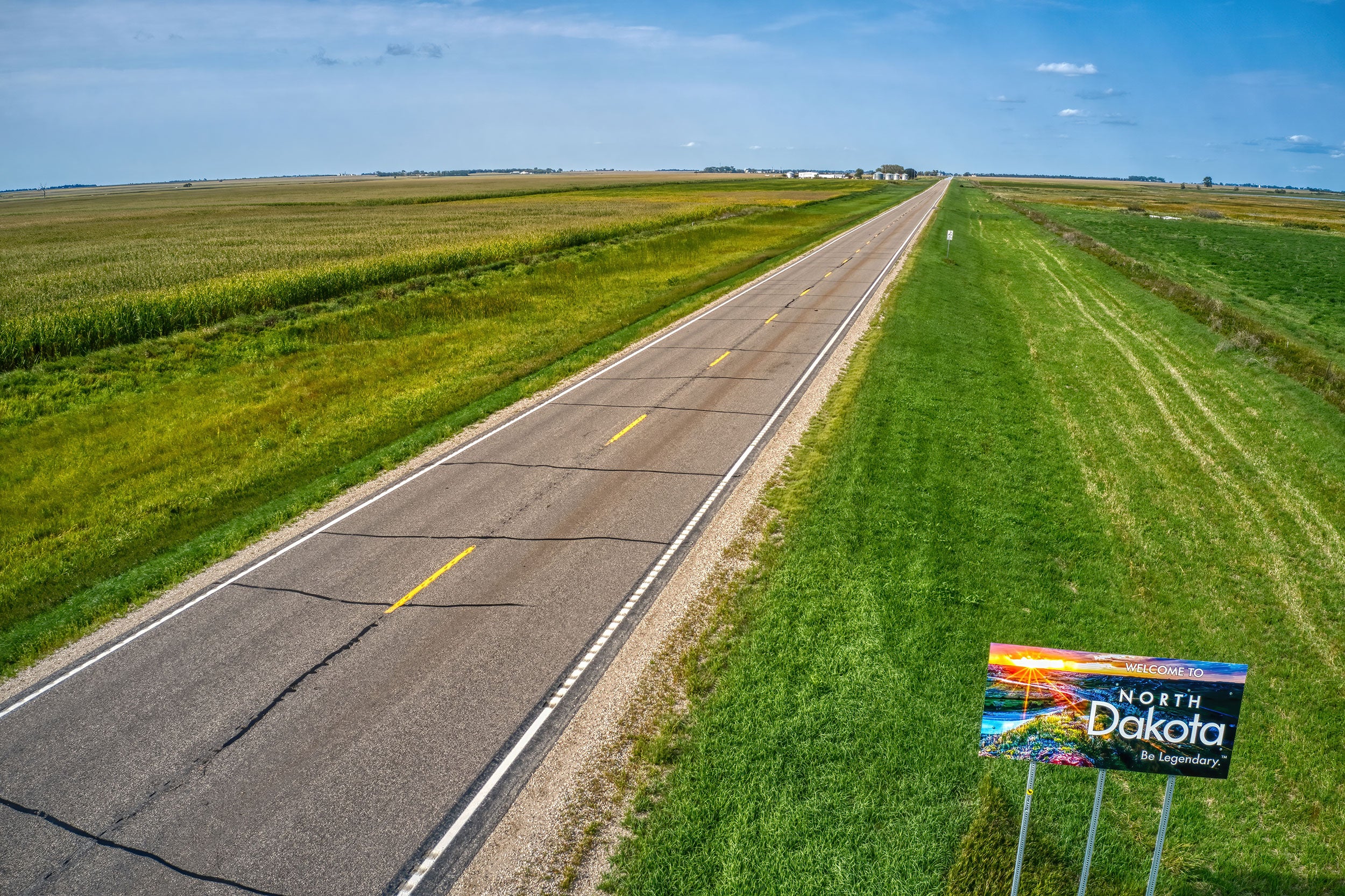

In the U.S., uncrewed aircraft have operated under Part 107 regulations since 2016. This will likely change in 2026. The FAA wrapped up a public comment period in October for its proposed Part 108 regulation and is now reviewing thousands of submissions. Once the reviews are completed the FAA plans to issue its final regulation in early 2026, according to aviation news outlet AeroTime. The deadline was mandated by White House Executive Order 14307 Unleashing American Drone Dominance, requiring a final BVLOS rule within 240 days of the order issued on June 6, 2025.
According to a published FAA summary, Part 107 mandates unmanned aircraft weigh less than 55 pounds and operate via visual line-of-sight (VLOS) of the remote pilot in command. They can operate during daylight hours, without exceeding a groundspeed of 100 mph, and must stay under a maximum altitude of 400 feet above ground. A remote pilot certificate is also required. The FAA can issue waivers for the operation of aircraft outside the limits of Part 107, which allow drone pilots to deviate from certain rules if they demonstrate they can safely fly using alternative methods.
Part 108 would normalize BVLOS drone operations while keeping UAVs operating away from other aircraft. Under the proposed rule, certain aircraft could weigh up to 1,320 pounds including their payload. Operational authorizations would include permits or certificates depending on the scope. Flights over people would be permitted but not over large crowds like festivals or sporting events. Operators and manufacturers would be required to maintain detailed records and report specific information to the FAA such as flight data, and unplanned landings. The proposed rule would also require operators to take several steps to address and manage various security risks.
“Rural communities deserve the same quality, speed and reliability of care as their urban counterparts,” stated Edis of McKenzie Health. “As the regulatory environment matures and costs come down, I believe UAVs will become part of rural healthcare coordination, just like ambulances or telehealth platforms. What we’re doing now is laying the groundwork: proving the concept, building use cases, and identifying scalable applications. It won’t replace traditional methods entirely, but it will be an indispensable, cost effective, and safe tool in the rural healthcare toolkit.”
Eric Hodson is a freelance writer and CEO of the communications firm Green Light LLC. He grew up on a family farm in Kansas and has provided public relations and editorial services to agricultural companies of all sizes across the U.S. and Canada for more than 30 years.







